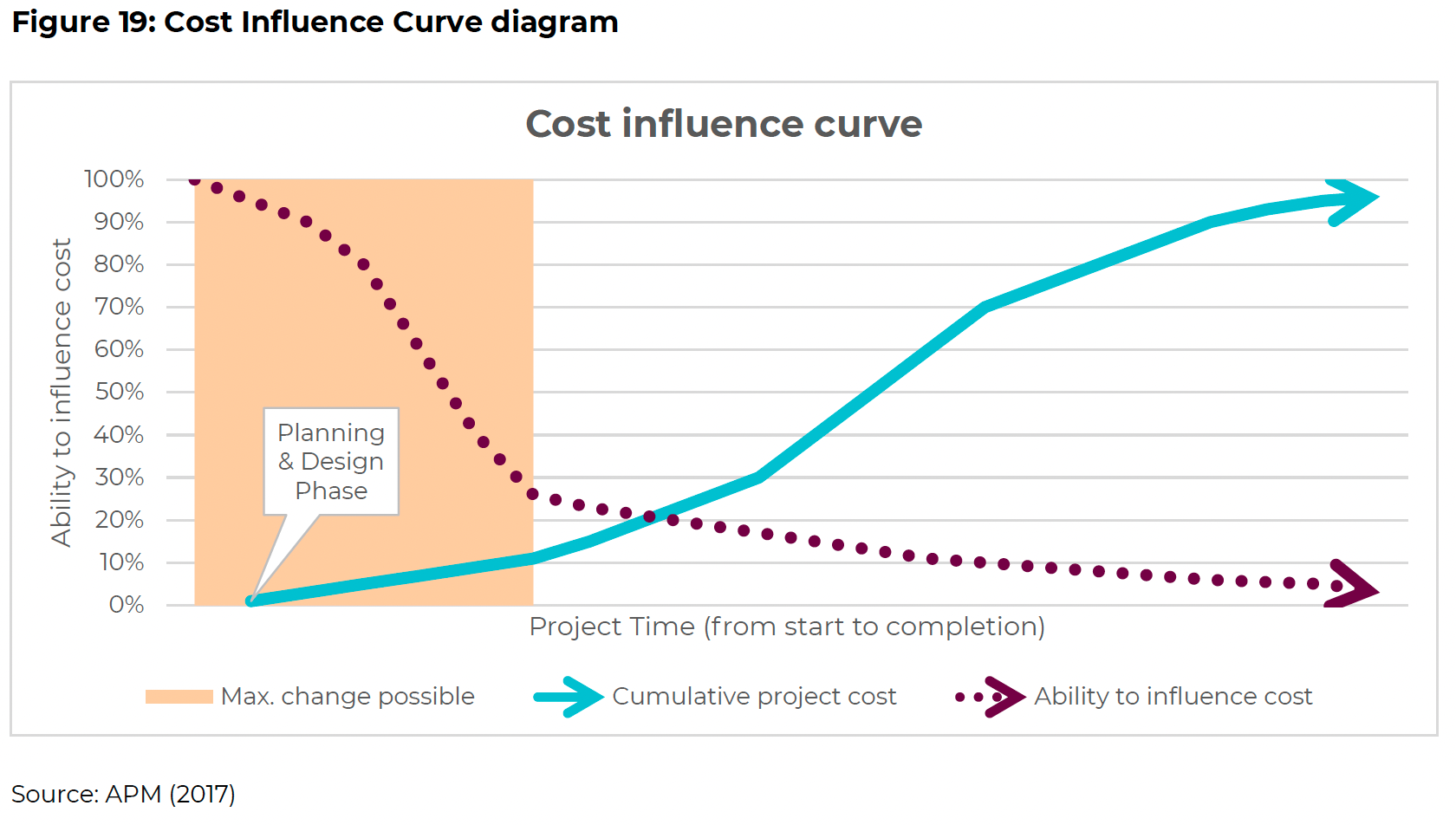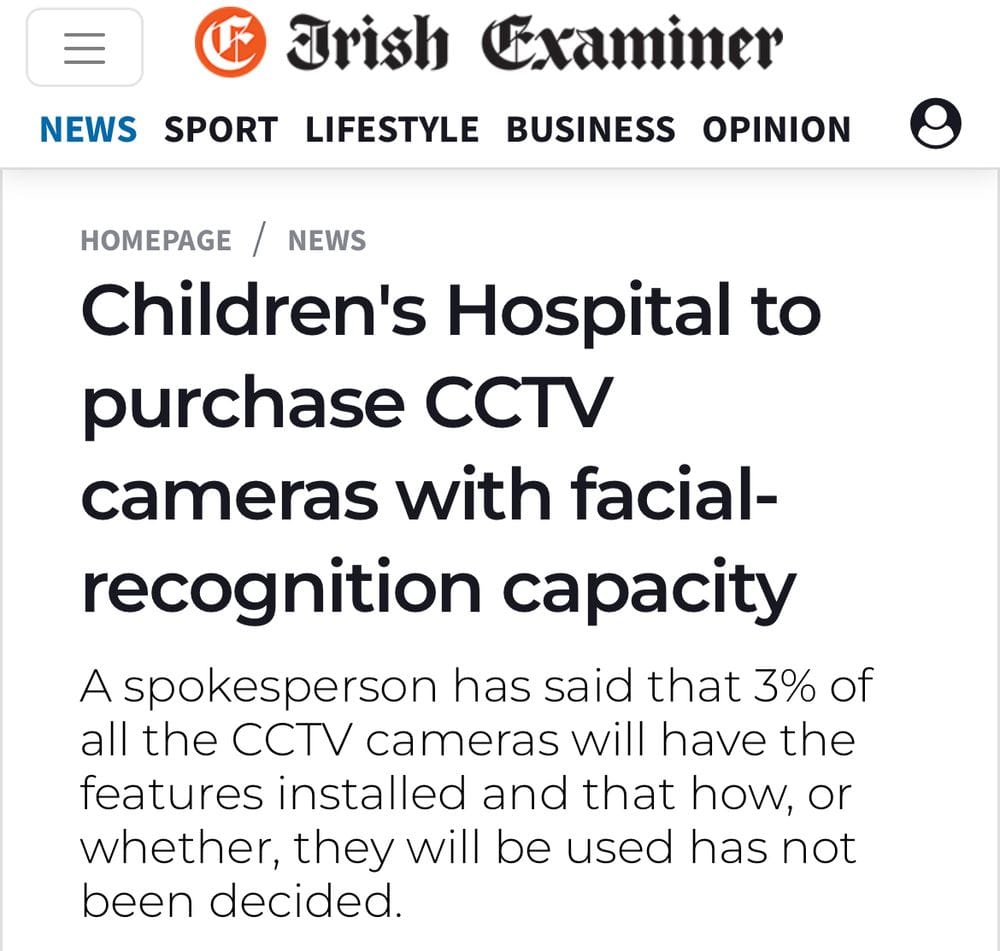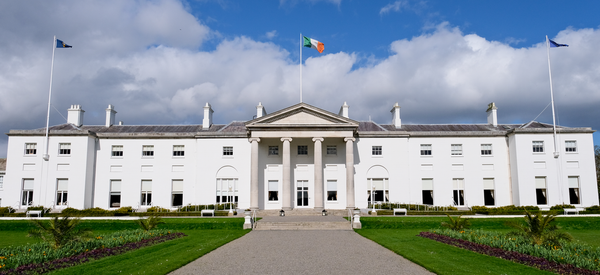The Gist: The Price of Ugliness
Jack Chambers announces his new policy to fill Ireland with ugly things. This is the Gist.

The week started like any other. The Government was struggling to explain how it had bet its entire success on a signature housing plan that immediately fell apart when it exposed to air. In the US, the representative of the calcified sex pest wing of the Democratic Party was expected to return to be NY mayor. And in the UK, the Labour Government was discovering its plans for performative cruelty to people unable to feed or clothe themselves were a step too far for even its own MPs.
But then, near the end of the week, we had a break in the usual cloud cover of events, allowing a single piercing ray of additional darkness to shine through to stab at our minds.
The Minister for Public Expenditure, Jack Chambers spoke about what he had learned from the ballooning costs and systems failures in the National Children's Hospital project.
Now, this isn't just idle chat. He is the Minister who will oversee what could be described as a bazooka of €165 billion in planned infrastructure expenditure over the next few years. He is also the Minister responsible for the spending up until now on that same hospital. Understanding what went wrong in that project and then making sure it doesn't happen again is going to be the difference between getting the value out of those €165 billon and just squirting it directly down a drain.
Harken now, gentle reader. For the Minister speaks, and it behooves us to listen to his considered thoughts. The pearls drop. Let us catch them.
“There needs to be much better discipline in cost effectiveness in projects,” Mr Chambers said in London. “That means making choices around cost and efficiency over design standards and aesthetics in some instances. There are important lessons out of the children’s hospital,”
Oh no.
The Minister for Spending Vast Sums of Money on Huge Complicated Projects doesn't understand what design is. He equates it with 'aesthetics', as though the National Children’s hospital had spent an extra €100bn on getting just the desired shade of Farrow and Ball paint for the corridors.
Design is a process, not a colour chart.
And it was the lack of a proper design process, due to a sequence of asinine decisions taken for a mix of political and administrative short-term convenience, which triggered the National Children's Hospital's elevation to the status of the 6th most expensive hospital in the world.
Don't take my word for it. At the start of 2025, the Parliamentary Budget Office in the Houses of the Oireachtas produced a 60 page analysis on the relative costs of building the National Children's Hospital, with an eye to identifying how to minimise similar future cost overruns with the upcoming National Maternity Hospital we'll be paying for and then giving to the nuns' designated successor.
Here's what that report said about design in the Executive Summary;
Developing a high-quality, peer-reviewed, and mature design before commencing a major construction project reduces the risk of a cost overrun.
It goes on (at Section 10.3 of the report) to discuss the "Design Maturity Risk". Failure to settle on a design at the start of a process, and then stick to it, means that changes and mistakes get more and more expensive to fix or implement as the project goes on.
Look, there's even a chart!

Let's cover just a tiny example of how a lack of planning and design in the National Children's Hospital resulted in a x10 cost increase. In the grand scheme of the project's costs, it was nothing. But in what it revealed about how the management of that project it may as well have been just pasted right into that graph above.
In December 2019, a puff piece from a Chinese CCTV vendor, Hikvision, revealed that the National Children's Hospital had "chosen an all-Hikvision surveillance system including specialized facial recognition cameras". IPVM, an international news site reporting on security technology, covered the story via FOI which was, by January 2020, being picked up by Irish papers.
While the international media focused on the fact that Hikvision was under sanction for involvement in human rights abuses arising out of its involvement in 'China's campaign of repression, mass arbitrary detention, and high technology surveillance', the local media had a more local question.
Why had the National Children's Hospital bought specialised and very expensive facial recognition CCTV cameras at ten times the cost of the usual ones? What did it plan to use them for, and how could it legally implement facial recognition in a hospital full of children?
Basically, the questions were- What on earth are you doing here?
And their defence- the explanation they gave to everyone to make things sound better for them- was that they didn't know 'how or whether they would use them'.

They expanded on this to the international press.
"It has not yet been decided which aspect of this technology’s many capabilities will be used in the new children’s hospital. This decision will be taken nearer the opening of the hospital by Children’s Health Ireland"
Remember the chart up above? The one that showed that the later you left making design decisions, the more expensive it was? Well, here the project's managers were so loathe to make a decision that they just bought the most expensive thing in the shop so that someone, later, would have the responsibility of deciding what they'd do with it.
This isn’t an excess of aesthetics. This isn’t even a design-led cost. This is a cost which happened due to a lack of a design process. They were buying stuff without a set purpose in mind.
The opposite of design is not efficiency, but waste.
What our Minister thinks is that making things pretty, making the public realm beautiful, is a waste of money. He wants to choose to lower the aesthethic value of our entire public realm, as a matter of policy, because he thinks that will make it look like he is controlling costs.
But we could end up with windowless buildings made of unpainted breeze blocks and they’ll still have 10x overruns if the political and administrative system keeps doing the same thing from a refusal to ever acknowledge its actual shortfalls.
Good design isn't about cost. It is about choices. It needs someone to take responsibility to make decisions on those choices.
And that, not aesthetics, is where our current system keeps falling down.




